Richard Feynman And John Wheeler Revolutionized Time, Reality, And Our Quantum Universe
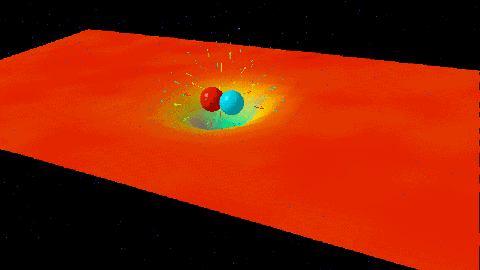
A new look at the intertwined lives of two of the 20th century’s greatest minds.
In the years prior to World War II, physics was in an odd, post-revolutionary state. Quantum mechanics and Einstein’s General Relativity had turned our picture of a classical, deterministic Universe upside down. It was replaced with indeterminate states, wavefunctions instead of particles, and a fabric of spacetime that could be bent, distorted, and could even have holes poked in it. Yet there were many open questions that didn’t have sensible answers. Meeting at Princeton in the late 1930s, graduate student Richard Feynman and his young advisor, John Wheeler, would begin a working relationship that would bring forth some of the greatest ideas in modern physics, along with a friendship that would last a lifetime. In his new book, The Quantum Labyrinth, Paul Halpern brings the full story of these men to life in a brilliant way unlike any I’ve ever seen before.
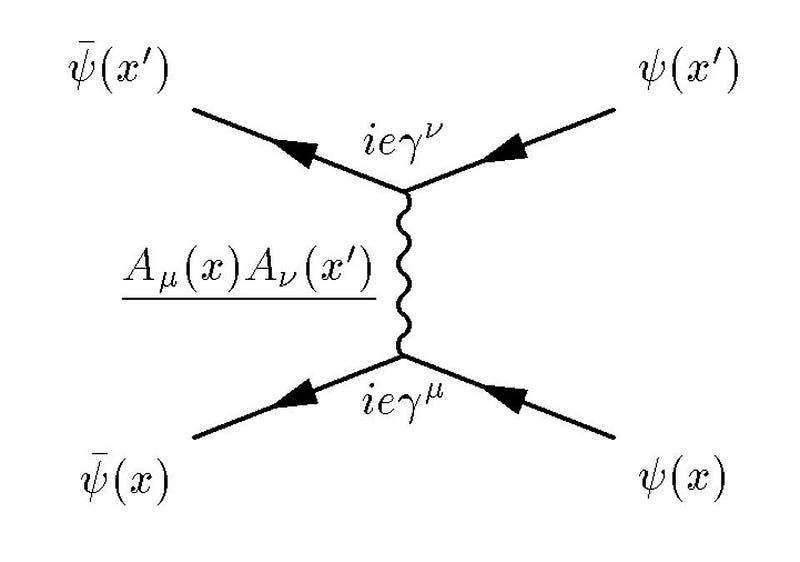
Over the course of their respective careers, Feynman and Wheeler brought forth some of the most incredible ideas modern physics has ever seen. Feynman’s contributions to the development of quantum field theory, including his Nobel Prize-winning development of quantum electrodynamics (Q.E.D.) and his intuitive Feynman diagrams, his contributions to teaching, the Manhattan project, gravitational wave physics, the Challenger disaster and much more are not only covered, they’re explained in gloriously in-depth and simultaneously comprehensible fashion.

Wheeler, although less renowned among the general public, brought about contributions to General Relativity, from black holes and parallel Universes to quantum gravity, wormholes, and information theory. While Halpern has a gift for breaking down these complex concepts to make them accessible to a non-specialist, perhaps the most spectacular and unique part of this book is his ability to get inside their minds. Feynman was insecure, conservative in his ideas, careful in his calculations, and skeptical of any notion that was too far afield. Wheeler, to the contrary, was full of wild ideas, from there only being one electron in the Universe to viewing antimatter as normal matter traveling backwards in time to the idea that there were no particles, only information.

Yet at their core, these two were practically tailor-made to collaborate with one another. Wheeler’s wild ideas always contained components that were spectacularly wrong and unworkable, but often contained a kernel of deep truth that would pave the road to an understanding that was otherwise unachievable. The idea of a path integral, the essential tool used to calculate physical observables in quantum field theory, came about from Wheeler’s insistence on a sum over histories, but it was Feynman who worked out the details correctly, and applied them properly to our physical Universe.
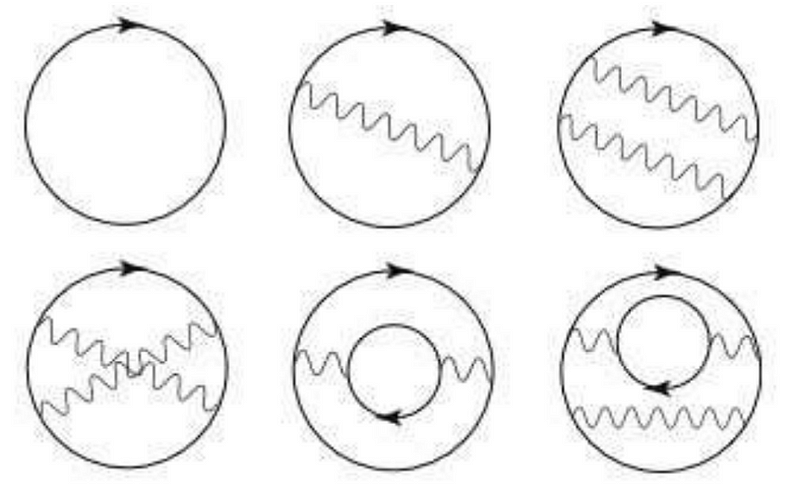
Feynman’s ability to connect the wild ideas to the physical Universe, never far afield from what could be measured, was the perfect complement to Wheeler’s imagination. Together and separately, they took on gravitation, the quantum nature of reality, and even space and time itself. And as much as any physicist ever did, they not only took these ideas on; they won.
Their personal lives are also recounted as never before, not even by Feynman himself in his autobiographical writings. On the surface, Feynman and Wheeler couldn’t have been more different. Feynman was outrageous, extroverted, casual, loud, and seemed willing to try absolutely anything, just to know what the experience was like. Wheeler was the opposite: soft-spoken, buttoned-up, and never without a jacket and tie. You never would guess, from their outward appearances, which one would embrace the most wildly outrageous imaginings concerning the Universe, and which one was inextricably bound to measurables and calculable, real-world observables.

Yet their shared love of teaching, exploration, possibilities, and taking on new challenges comes through in this intensely personal account of both men’s lives. Throughout the tale, an innumerable set of titans in the field of physics appear, from Hugh Everett (of the many-world interpretation) to Kip Thorne (of black hole and LIGO fame) to Ken Ford (codiscoverer of dark matter in galaxies) to Oppenheimer, DeWitt, Schwinger, Dyson, Dirac, Pauli, Bohr (Wheeler’s mentor), Einstein and many more. Some were elder statesmen; some were contemporaries; some were young, eager students. When you reach the end, you might be shocked to realize how many famous physicists in how many different fields were mentored by Wheeler himself! (All told, Wheeler was the advisor of 46 different PhDs!)
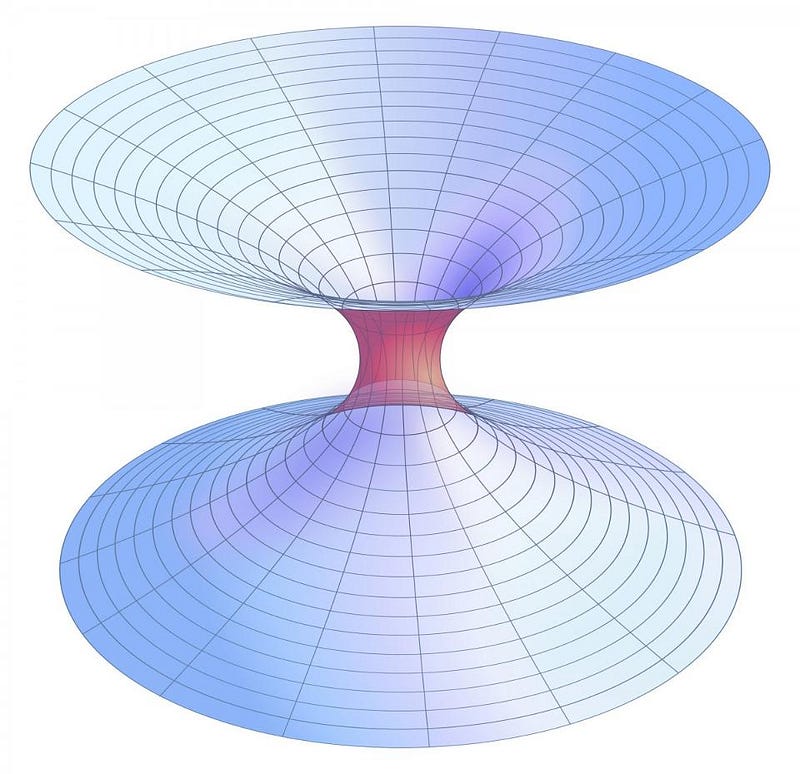
Throughout the book, there are stories that give an insight into each of Feynman and Wheeler’s world views. Both dealt with significant loss and grief early on: Feynman losing his first wife, Arline, and Wheeler losing his brother, Joe, in World War II. Both struggled with their losses throughout the rest of their lives, with it affecting their work and personal life decisions for decades thereafter. In the world of physics, both were the equivalent of rock stars; in their personal lives, both faced the same struggles common to much of humanity. Feynman died relatively young after a decade-long battle with cancer; Wheeler lived almost to 100. But both remained active in physics and problem-solving until the very end of their lives. In fact, Feynman commented that although Wheeler appears as a crazy old man now, you must realize that he’s always been crazy.
Halpern’s writing style is incredibly approachable. The book is filled with countless anecdotes that tell of moments and events in their lives and those whose lives they touched, and it paints a wholly human portrait of each. Halpern never passes judgment on the actions of either one, instead portraying them as generously as possible, reminding us of their struggles in their personal lives. He doesn’t excuse Feynman’s decades of womanizing or Wheeler’s extensive weapons development work, but rather puts them in the context of the rest of their lives. He leaves it for the reader to judge. Paul’s use of a gentle hand in a world where heavy-handed judgments are the norm is so refreshing that it comes as a welcome surprise.
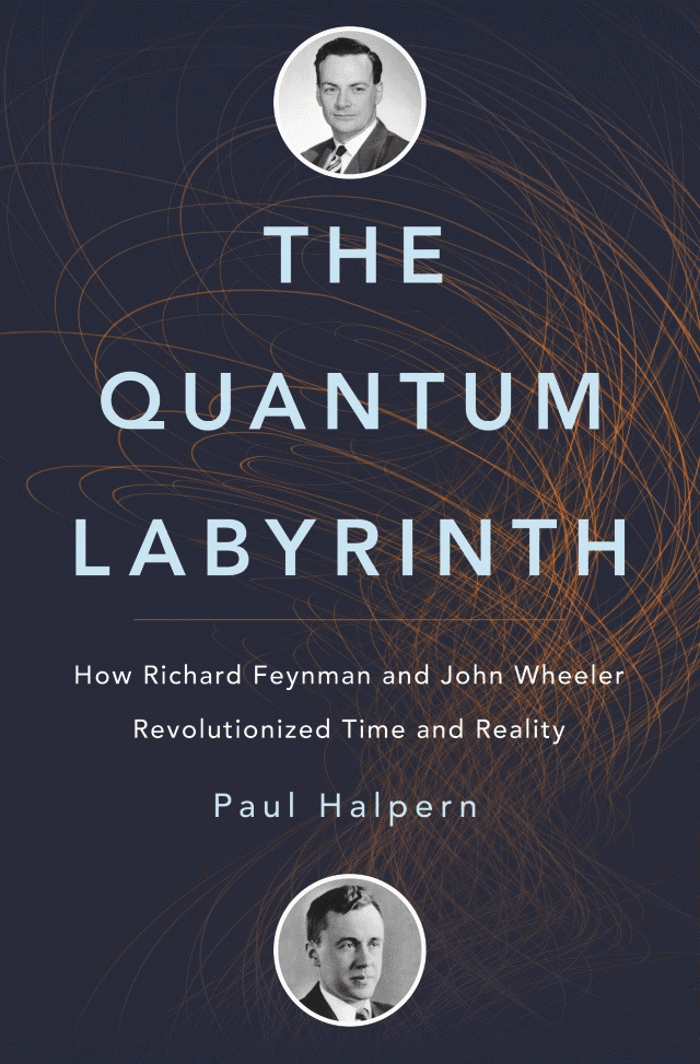
If you’re a fan of physics, history, and the development of quantum physics and astrophysics, you’ll definitely want a copy of The Quantum Labyrinth: How Richard Feynman and John Wheeler Revolutionized Time and Reality. Paul Halpern’s well-researched, well-written, and highly accessible explainer on these two physicists, their work, their lives, and their impact on the world around them is unique, and a must-have for science aficionados (or junkies) anywhere. If you’ve know of someone like that in your life, you’ll be hard-pressed to find a better present for the upcoming holiday season!
Ethan Siegel is the author of Beyond the Galaxy and Treknology. You can pre-order his third book, currently in development: the Encyclopaedia Cosmologica.





